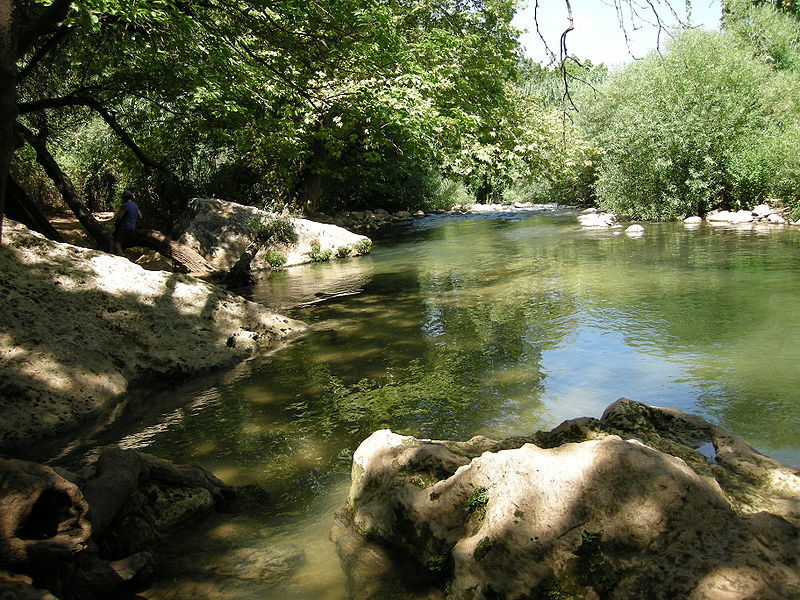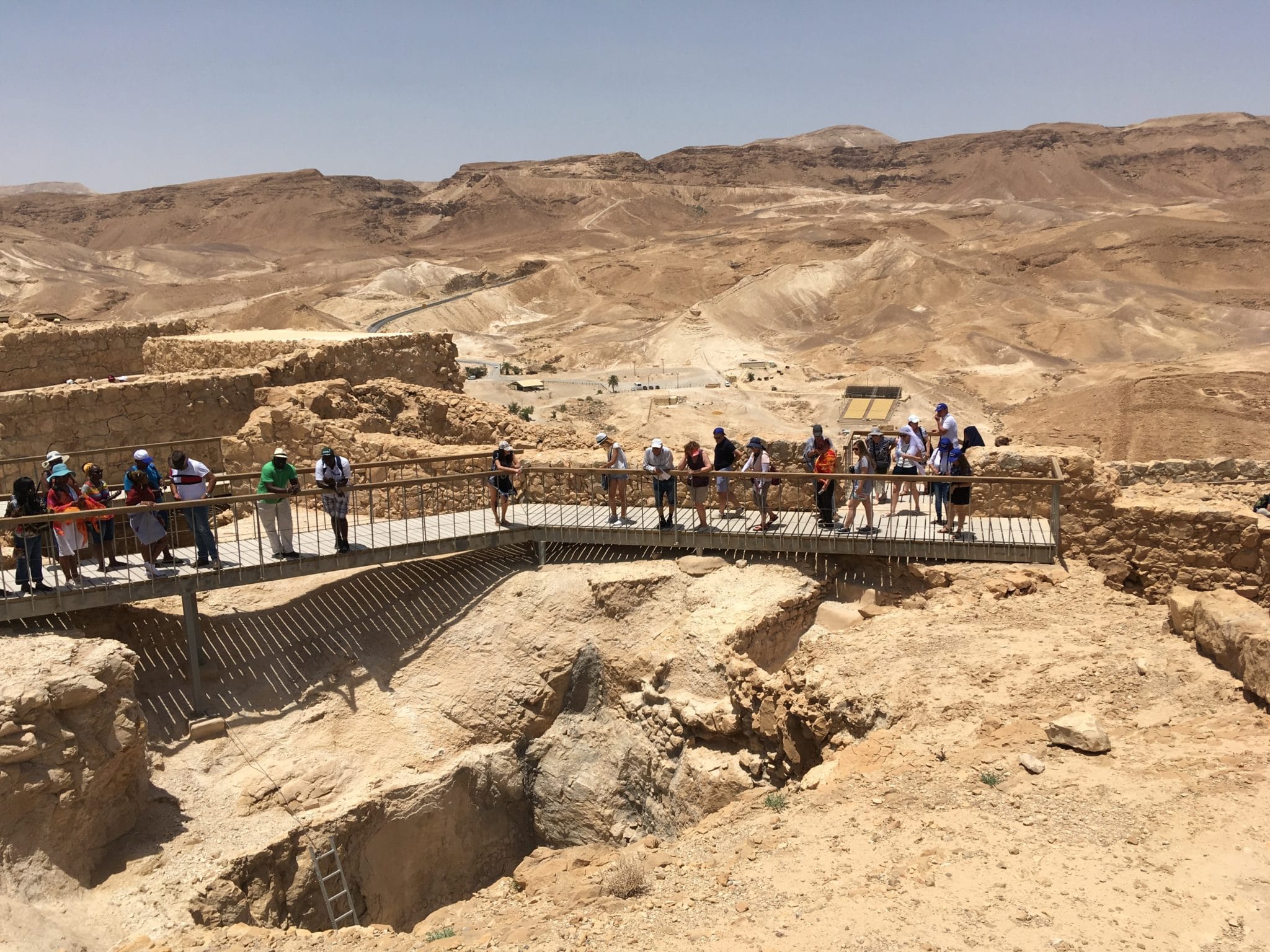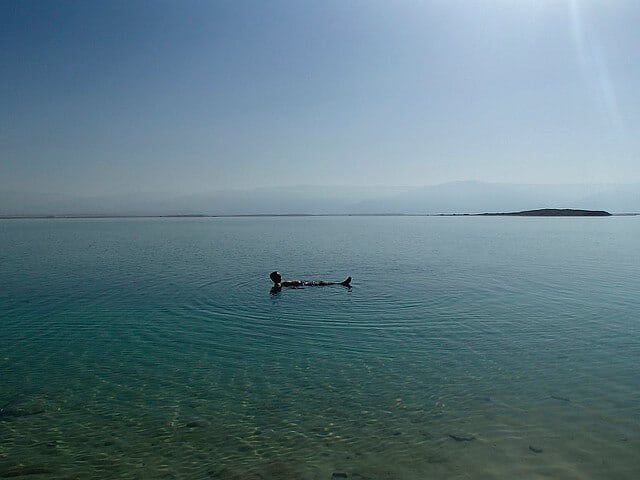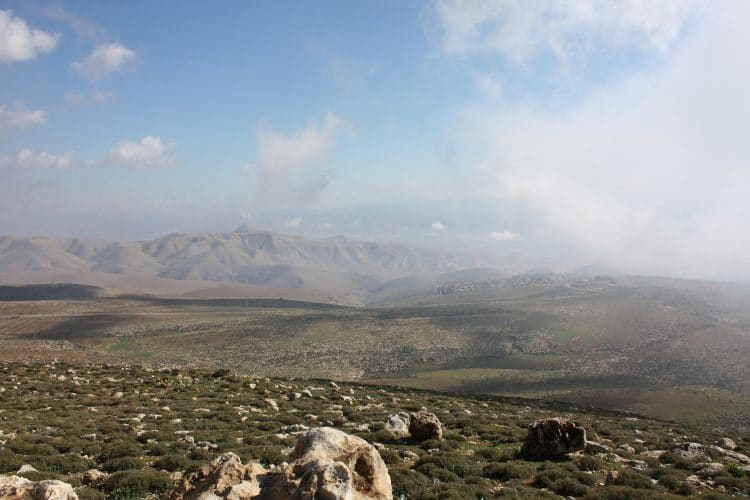The Israel National Trail (Shvil Israel) takes you across the entire country, providing a chance to see biblical sites, gorgeous scenery, and modern Israeli life. It passes through forests, deserts, villages, and historic sites.
Inaugurated in 1994, the Israel National Trail (INT) is managed by the Israel Trails Committee. The founders of the trail wanted to provide Israelis with a way to explore the country, drawing inspiration from the Appalachian Trails.
If you are planning a trip to Israel or looking for a new hiking destination, examine the following guide.
Israel National Trail Route Outline
The Shvil Israel route covers over 1000 kilometers, extending from the mountainous Upper Galilee to the waters of the red sea. Hiking the entire path takes three to eight weeks, depending on your hiking experience, pace, and which color marker you choose to follow.
Due to the length of the route, most hikers do not complete the entire trail. In 2010, the Israel Trails Committee divided the route into 12 smaller sections, allowing hikers to travel individual portions of the trail. Some of the sections provide short one-day or weekend hikes.
The trail starts at the northern edge of Israel in the Galilee near the Lebanon border. The region is mountainous and contains many cliffs. Some parts are deserted, while others feature planted forests and natural vegetation.
As you work your way south toward the center of the country, the landscape gives way to flat plains and various rural agricultural communities. The trail comes close to the densely populated cities while keeping you far enough away to remain surrounded by nature.
After you pass Jerusalem, the trail previously took you from Arad directly to HaMakhtesh HaKatan (the small crater). The 40-kilometer trek cut out the Dead Sea from the trail.
Thanks to a recent change to the route, you can now hike from Arad to Masada and the Ein Bokek area before reaching the small crater. This adds another two to three days to the total trip.
Toward the southern portion of the trail, the scenery changes to a barren desert landscape. This is the toughest portion of the route, requiring careful planning for water and supplies.
Tips for Your First Time Hiking the Israel Trail

Instead of walking 1000 kilometers, you can pick and choose the sections you want to hike. Many of these areas also start and end near cities or towns, making it easy to find accommodations. When choosing which part of the trail to travel, be sure to check the weather as different sections may be more difficult depending on weather conditions.
Bring lots of water. Temperatures can exceed 100-degrees Fahrenheit in the dry landscape of the Negev desert. The average person needs at least three liters of water per day when navigating the desert terrain.
Some portions of the trip may also require you to place caches of supplies at designated spots due to the remoteness of the region, especially in the rugged southern section of the Israel Trail. Experts recommend placing stashes south of Arad and near the bottom of the small crater.
When hiking in the desert terrain, take advantage of any shade that you find. Near the dry riverbeds, you are more likely to find occasional trees or shrubs that provide brief shelter from the sun.
Top Attractions and Detours on the Israel Trail
During your trek, you will come across quite a few attractions and several important cultural sites. For a rewarding experience, try stopping at some of these destinations.
Masada

Recent changes to the trail now make it easier to visit Masada during your hike. When you pass Arad, the trail takes you to the ancient fortress.
Located on top of a rocky plateau, Masada overlooks the Dead Sea to the east. You can visit some of the archeological sites, including a partially unearthed portion of the Northern Palace and the site of an ancient Byzantine church.
If you want to rest indoors during this leg of the Israel Trail, consider staying at a Masada lodge, hostel, or campsite, depending on the weather and your personal preference.
The Dead Sea

After passing through Masada, visit the Dead Sea and the Ein Bokek region. The Dead Sea is an important Biblical site. Sodom, Gomorra, and several other ancient cities were located on the shores of the sea.
The Dead Sea is the lowest point on Earth and is world-famous for its particular qualities. The high density of salt in the water allows you to float buoyantly, rather than swim.
In modern times, the Ein Bokek area has become a thriving resort district, with 14 different hotels and a wide variety of spas. Ein Bokek is also near the ruins of Metzad Bokek, an ancient Roman-era fortress, and the Bokek Stream.
Along with these attractions, the trail passes through many other significant sites, including Eilat, Ben Shemen Forest, and Jerusalem. For a full experience, try visiting as many of these areas as you can during your hike on the Israel National Trail.
Tel Dan Nature Preserve
The northernmost point of the trail is kibbutz Dan, located near the site of the ancient city of Dan. The city was mentioned in the Hebrew Bible and one of the original bronze age gates remains.
Most of the area that was once occupied by the tribe of Dan is now a nature preserve. You can start your trip with a gentle hike through the lush vegetation and pass the Dan River, which is the largest of the three sources of the Jordan River.
To start the trek early in the day, stay in kibbutz Dan the night before. The village has many small hotels to accommodate travelers.


